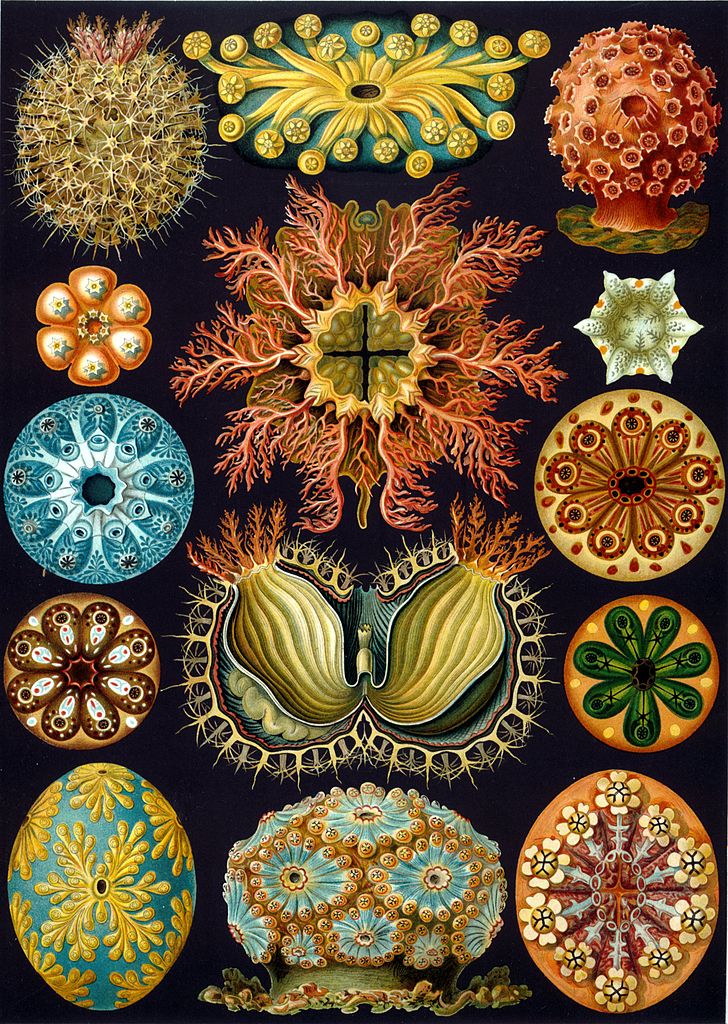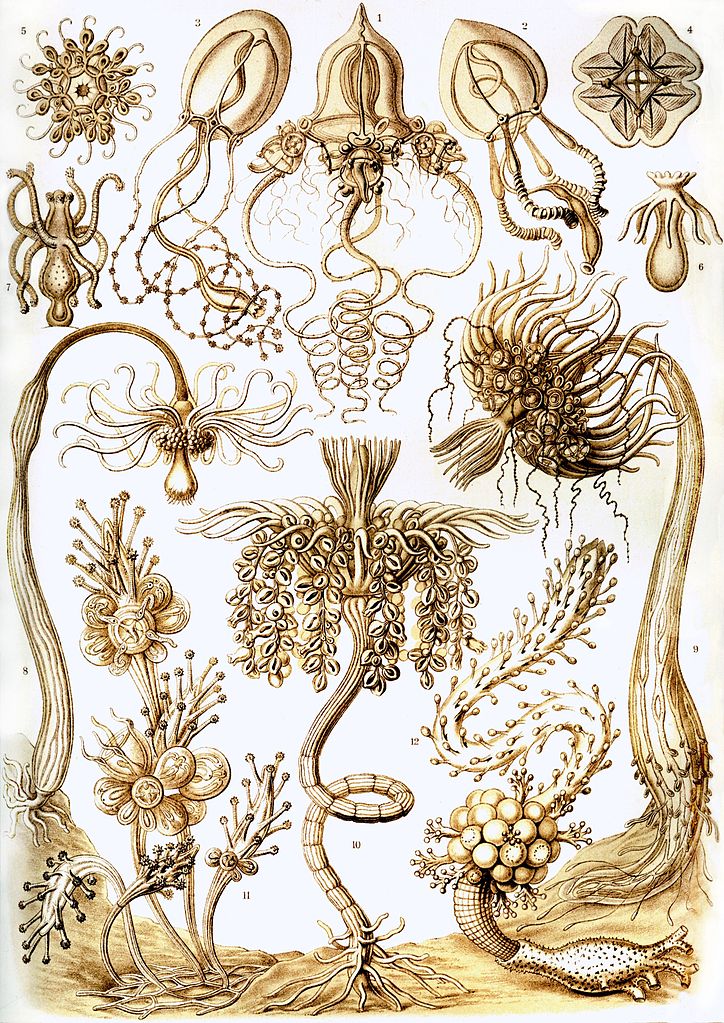

If you adhere to the continuous beef numerous prominent scientists have with ideology, you would certainly be forgiven for assuming both disciplines have nothing to claim to each various other. That’s an unfortunately false impression, though they have come to be almost totally separate professional institutions. But throughout the first, say, 200 years of modern science, scientists were” natural thinkers”– often as well versed in logic, metaphysics, or theology as they were in maths and taxonomies. And the majority of them were artists too of one kind or one more. Researchers had to learn to draw in order to highlight their findings before mass-produced digital photography and computer imaging can do it for them. Lots of researchers have been fine artists indeed, measuring up to the greats, and they have actually made extremely great artists as well


And after that there’s [. *************] Ernst Heinrich Haeckel , a German biologist and naturalist, philosopher and doctor, and supporter of Darwinism who explained and named hundreds of varieties, mapped them on a genealogical tree, and” coined several scientific terms commonly recognized today,” This is Enormous writes, “such as ecology, phylum, and stem cell. “That’s an impressive return to, isn’t it? Oh, and have a look at his art– his remarkably colored, elegantly provided, highly elegant representations of” much flung vegetation and fauna,” of microbes and natural patterns, in styles that inspired the Art Nouveau movement.” Each microorganism Haeckel drew has a nearly abstract form,” notes Katherine Schwab at [. *****************] Quick Co. Design ,” as if it’s a whimsical fantasy he dreamed up rather than an actual creature he took a look at under a microscope. His illustrations of sponges expose their extremely geometric framework — they look architectural, like feats of engineering. ”


Haeckel released 100 fantastic prints beginning in1889 in a collection of 10 publications called [. **************] Kunstformen der Natur (” Art Forms in Nature “), collected in 2 volumes in 1904 The unbelievable work was” not just a publication of pictures however likewise the summation of his view of the world,” one which embraced the new scientific research of Darwinian development totally, writes scholar Olaf Breidbach in his 2006 Visions of Nature
Haeckel’s technique was an all natural one, in which art, science, and ideology were complementary strategies to the same subject. He” looked for to secure the interest of those with a rate of interest in the appeals of nature,” creates professor of zoology Rainer Willmann in a book from Taschen called The Art and Science of Ernst Haeckel –, ” and to stress, via this rare instance of the interplay of science and appearances, the proximity of these 2 worlds.”


[. *********************] The lovely Taschen book consists of 450 of Haeckel’s illustrations, watercolors, and sketches, spread throughout 704 pages, and it’s pricey.
However you can see all 100 of Haeckel’s initially published prints in zoomable high-resolution scans here Or acquire a one-volume reprint of the initial Art Forms in Nature , with its [********************************************************************************* ] wonderful prints, through this Dover publication , which explains Haeckel’s art as “having actually triggered the approval of Darwinism in Europe … Today, although no person is considerably curious about Haeckel the biologist-philosopher, his work is significantly treasured for something he himself would possibly have
thought about second. “It’s a shame his clinical heritage exists neglected, if that’s so, yet it definitely resides on via his art, which may be just as required currently to illustrate the wonders of transformative biology and the natural world as it was in Haeckel’s time.


Note: An earlier version of this article showed up on our site in 2017
Relevant Material
Download 435 High Resolution Images from John J. Audubon’s The Birds of America
[. ****] 2 Million Remarkable Nature Pictures Put Online by The Biodiversity Heritage Collection
Josh Jones is a writer and artist based in Durham, NC. Follow him at @jdmagness
[*************************************** ]